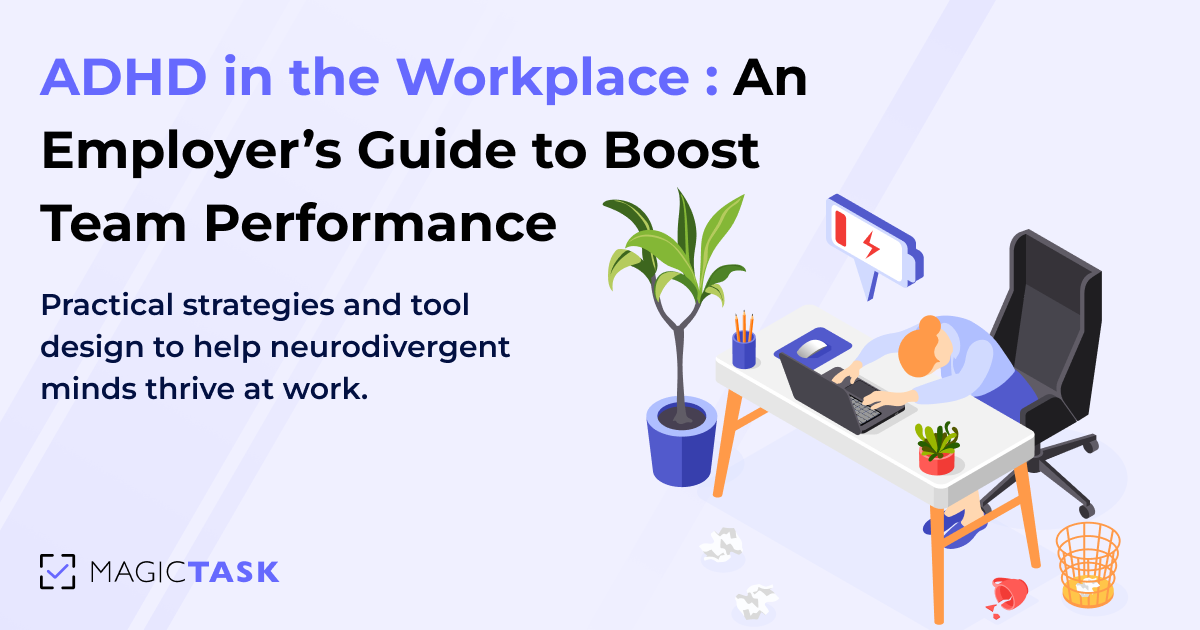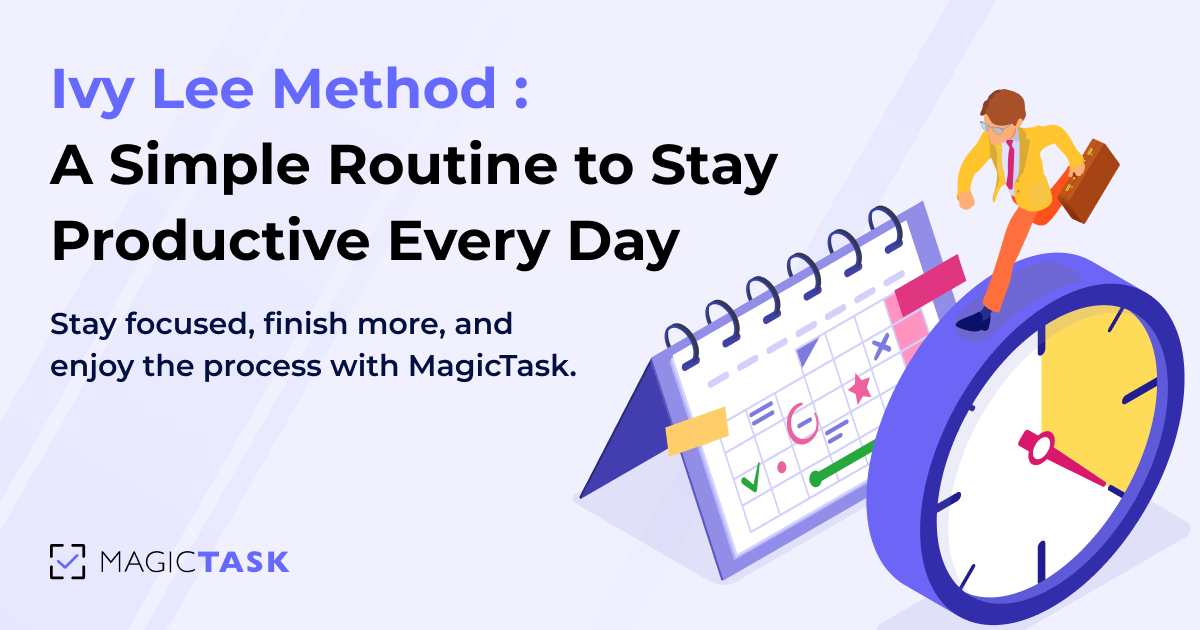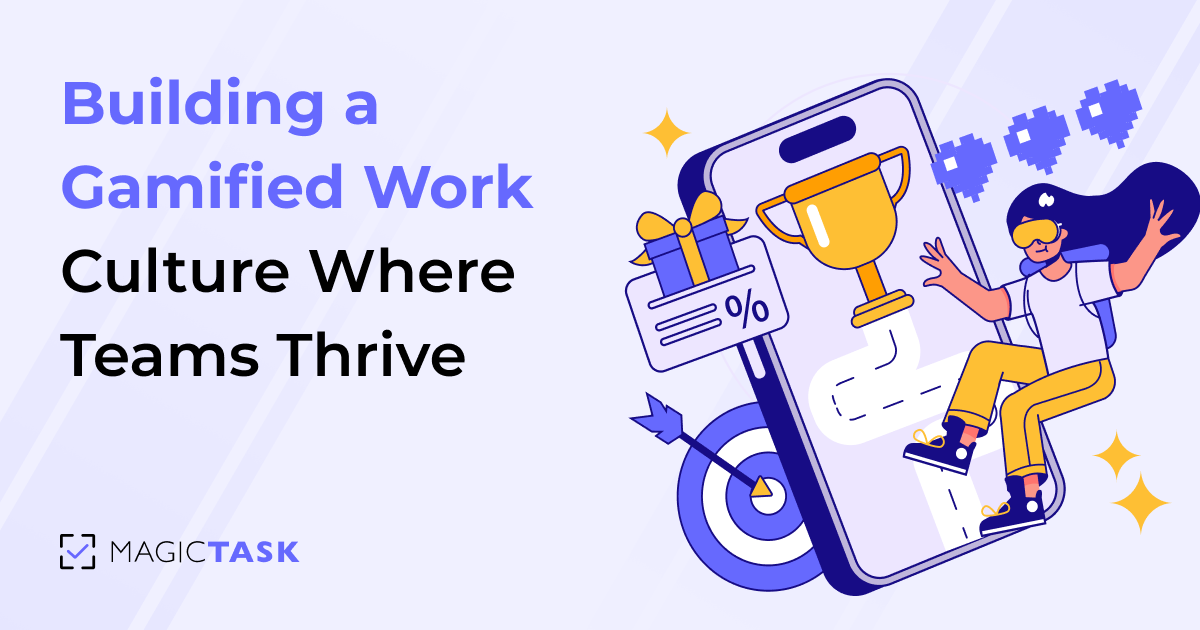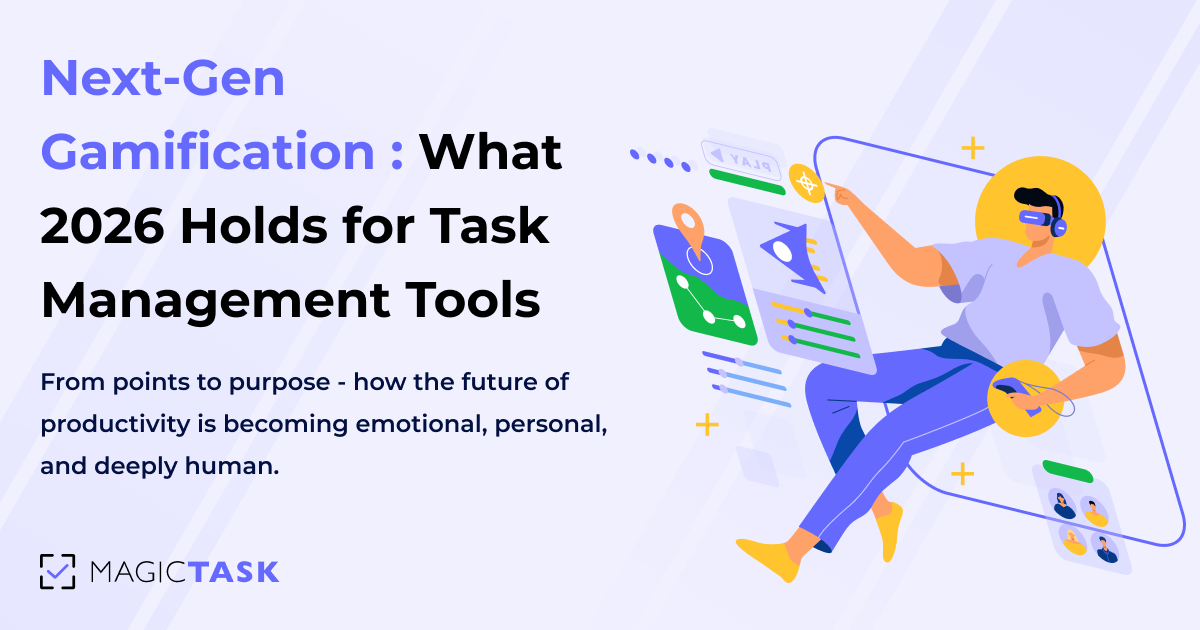How to Eliminate Stress at Work by Turning It Into a Game
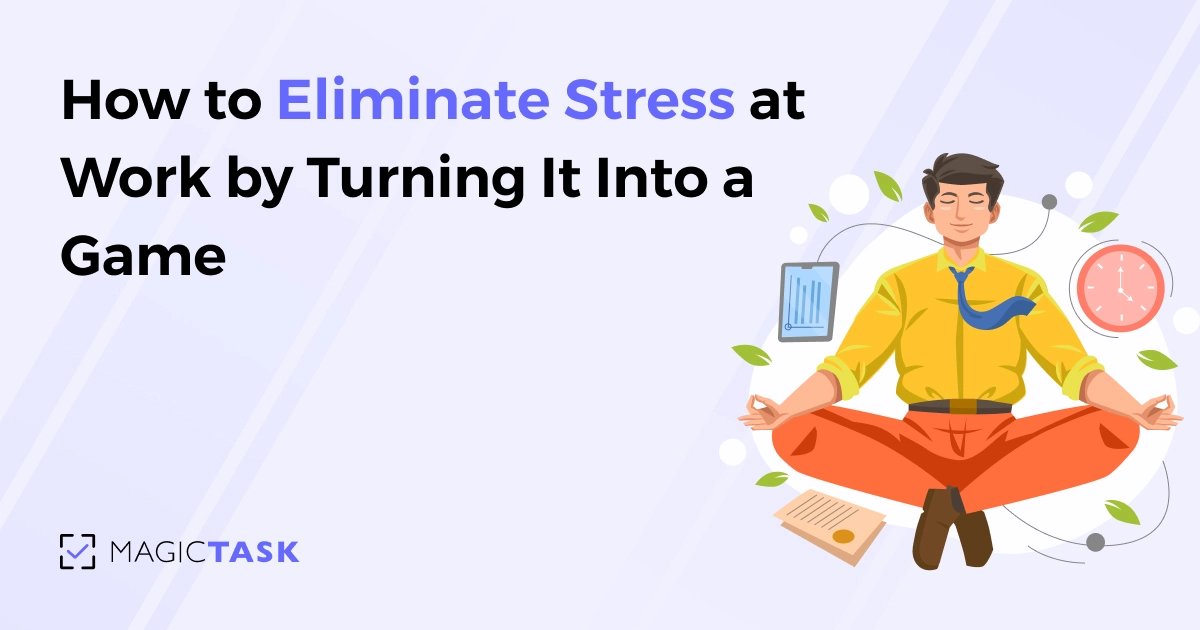
You sit down to work, and the chaos starts. Pings, emails, meetings. Everything demands your attention at once. Within an hour, your brain feels scrambled, and your real priorities haven’t even surfaced.
It’s no wonder work can feel overwhelming. You’re carrying too much in your head, always trying to stay one step ahead without burning out.
And most advice about productivity just adds more pressure.
But there’s another way. What if you could turn the daily grind into something you actually look forward to, like a game?
In this guide, you’ll learn how gamifying your work can help you stress less, stay focused, and even enjoy the process.
Why You’re Stressed at Work
It’s easy to blame stress on your calendar or your workload, but the real culprit runs deeper.
Let’s look at what’s fueling that constant tension beneath the surface and why managing your time isn’t the same as managing your mind.
1. Cognitive Overload: Too Many Open Loops
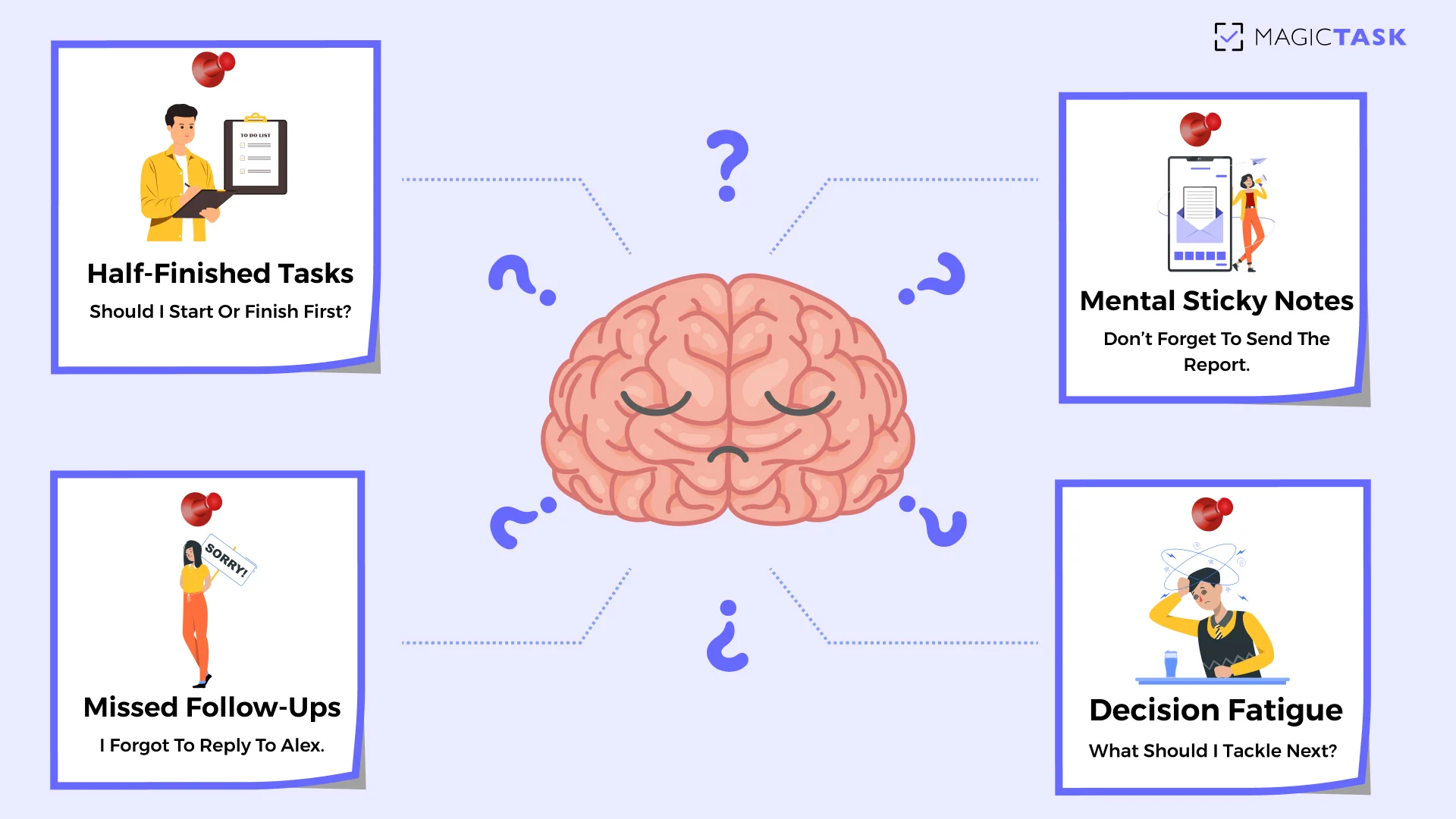
Your brain can only hold so much at once.
When you’re juggling a dozen half-finished tasks, missed follow-ups, and mental sticky notes like “Don’t forget to reply to Alex,” your working memory starts to buckle.
You’re not overloaded with work; you’re overloaded with thinking about the job.
That mental noise builds tension and drains energy, even if you haven’t done anything yet.
2. Decision Fatigue: Every Task Becomes a Choice
Did you know the average adult makes around 35,000 decisions every day? That constant stream of choices erodes your ability to think clearly and logically.
When you don’t have a clear system guiding your day, every decision becomes manual. Should I tackle email or finish that deck? What’s most urgent? What can wait?
Multiply that by dozens of micro-decisions, and your mental energy is gone by lunchtime.
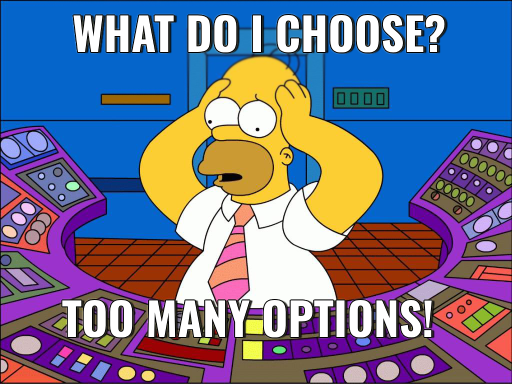
Here’s how decision fatigue creeps into your workflow:
- Constantly switching priorities without a clear plan
- Starting tasks, then second-guessing midway through
- Procrastinating, not out of laziness, but because everything feels equally important
- Relying on memory to decide what’s next instead of using a system
By the time you get to your real work, your mental battery is already depleted.
3. The Zeigarnik Effect
Psychologists have long known that incomplete tasks stick in the brain like pop-up notifications you can’t dismiss. It’s called the Zeigarnik Effect, and it explains why you feel anxious even when you're technically "off the clock."
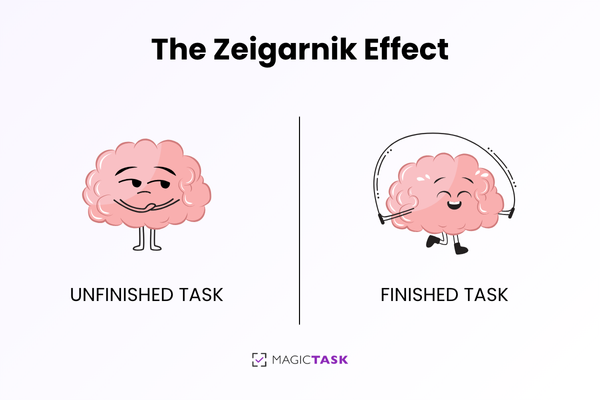
Those open loops stay active in your subconscious. They create a low-level stress signal that doesn't turn off until you close the loop or move it into a trusted system.
If your tools aren’t helping you capture and close those loops, your brain will try to keep tabs on everything. That’s a losing game, and your focus pays the price.
The effects are organizational.
A 2023 American Psychological Association survey found that a staggering 77% of employees reported experiencing work-related stress about unclear boundaries, abandoned tasks, and mental clutter.
When what you’re carrying mentally becomes heavier than what you’re carrying physically, it's little wonder performance and morale take the hit.
Having the Right System Is the First Step to Stress Relief
If the root of your stress isn’t just workload but the chaos around it, then the solution isn’t to work harder. It’s to work with more clarity.
And that starts with one thing: having a system that does the heavy lifting for your mind.
When your brain is forced to carry your entire workload of tasks, timelines, priorities, and follow-ups, it burns out fast and impairs your working memory.
That mental weight doesn’t just create stress. It limits focus, clouds decision-making, and erodes your ability to stay present.
This is why externalizing your tasks is such a game-changer.
Getting everything out of your head and into a system gives your mind permission to let go. You're not trying to remember 14 things at once while sitting in a meeting or starting a new project. The noise quiets. You get space to think.
But a system isn’t just a to-do list.
Here’s how the right task system supports real stress relief:
| Without a System | With a System |
|---|---|
| 🧠 Constantly trying to remember everything | 📋 Everything is captured and organized externally |
| ⚠️ Unclear priorities and shifting focus | 🎯 Clear, visible priorities sorted by importance |
| 📉 Overcommitting or forgetting tasks | 📆 Realistic planning based on actual workload |
| 😰 Feeling overwhelmed by the unknown | 🔍 Confidence from knowing exactly what's ahead |
| 🔔 Reacting to interruptions all day | 🧘 Proactively managing your focus and energy |
| 😵💫 Mental fatigue before the real work begins | 🌤️ Mental clarity before the day even starts |
When you’re not stuck in survival mode, you can lead, think, and execute more clearly. The stress doesn’t vanish, but it no longer controls the pace of your day.
As Mike Tyson once said:
“A happy fighter is a dangerous fighter.”
In other words, someone who feels clear, focused, and confident is far more effective than someone who’s constantly overwhelmed, even if they’re working longer hours.
What Happens When You Turn Work into a Game
A system can calm the chaos, but staying engaged day after day takes more than just organization.
You can build the perfect task system, label every folder, and block your calendar down to the minute, but if it still feels like a grind, burnout creeps right back in.
What keeps people consistent is enjoyment. That subtle sense of progress, engagement, and satisfaction that makes you want to come back tomorrow.
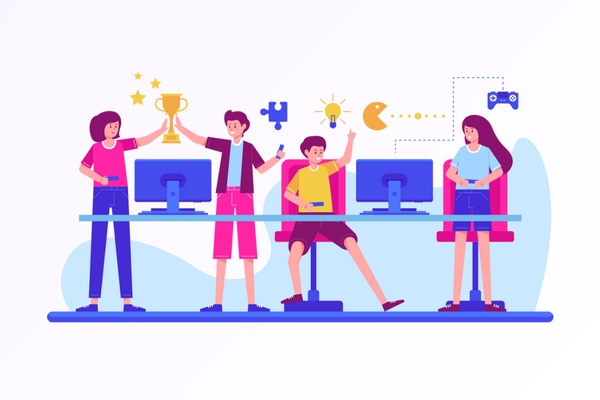
Gamification taps into your brain’s natural reward system. Progress triggers dopamine. Dopamine lowers anxiety, increases motivation, and creates positive reinforcement loops that help you return to the task repeatedly.
Games work because they offer what traditional work often lacks: immediate feedback, visible progress, small wins, and clear next steps. You know when you're doing well, and you get rewarded for showing up.
Real Game Mechanics That Lower Work Stress:
- Points – Every task completed earns visible credit, reinforcing effort
- Levels – Consistent activity unlocks new milestones and themes
- Completion Effects – Finishing a task triggers animations or sound cues that reward progress
- Streaks & Habits – Daily engagement builds momentum (and satisfaction)
- Clear Next Steps – Task sizing and visual feedback reduce uncertainty about what to do next
Gamification is about borrowing the emotional scaffolding of games. Those elements that make us feel seen, rewarded, and encouraged, and applying them to the systems we already use every day.
Because when work feels rewarding, your brain stops resisting it. It becomes easier to focus, easier to follow through, and most importantly, easier to enjoy.
How MagicTask Helps You Stay Calm, Clear, and Consistently Productive
Gamification, on its own, is powerful, but when paired with a tool designed around those principles, it becomes transformational.
That’s precisely what MagicTask was built for: to help you offload stress, stay engaged, and get things done, all while preventing burning out.
Let’s look at how it works in practice.
1. Mind Dump - Offload Mental Overload Instantly
Sometimes, the most stressful part of your day isn’t the tasks themselves, but trying to remember them all.
That’s why MagicTask starts with a simple, powerful feature that lets you dump your mental clutter.
Instead of forcing you to sort tasks into categories, pick projects, or assign dates upfront, Mind Dump gives you a frictionless entry point: a single, blank input field where you can quickly jot down everything on your mind. One task at a time. No structure required.
Just open the Mind Dump, type in what’s bothering you—“Submit Q3 report,” “Email Alex,” “Buy more whiteboard markers”—and hit enter. Each item gets captured instantly and saved in a holding area where it waits until you’re ready to organize.
There’s no pressure to clean it up right away. You’re simply clearing mental space without overthinking. It’s a psychological reset button. Think of it like decluttering your desk. You can focus better when it’s not buried under reminders.
2. Break Big Tasks Into Small, Rewarding Wins
Overwhelm thrives on vagueness. When everything on your list feels massive or undefined, your brain naturally resists starting.
MagicTask helps you change that by letting you size your tasks as Small, Medium, Large, or XL, based on the effort required.
You can also assign point values to each task, turning your to-do list into a sequence of winnable, rewarding challenges.
Instead of seeing “Finish the deck” and freezing, you break it down into smaller steps, such as “Write 3 slides” or “Design title screen”, each with its size and a point value that makes progress feel visible.
| Size | Effort Level | Example Tasks | Points |
|---|---|---|---|
| 🟢 Small | Quick, no deep focus | Reply to email, rename files | 1–2 |
| 🟡 Medium | Some focus required | Draft a report outline, schedule calls | 3–5 |
| 🟠 Large | Deep work, single focus | Build a slide deck, write a proposal | 6–8 |
| 🔴 XL | Complex, multi-step | Launch a campaign, prep for presentation | 9–10 |
Each checkmark becomes a win. Each point feels like progress. And over time, you shift from dreading the work to enjoying the rhythm of knocking it out.
3. Visual Progress That Feels Like Accomplishment
One of the most frustrating things about modern work is that it’s often invisible. You can spend hours making progress, but if nothing looks different, your brain doesn’t register the win.
MagicTask addresses this by transforming completed tasks into visual rewards that reinforce effort and progress in real-time. Instead of checking a box and moving on, you get a moment of recognition, one that your brain feels.
Here’s how MagicTask makes your effort visible:
- Theme Leveling: Every task you complete adds XP to your current theme, helping it evolve and level up over time.
- Completion Effects: Finishing a task triggers satisfying animations and subtle sound cues that reward your action immediately.
- Progress Tracking: See your task streaks, points, and leveling progression with clear visual indicators, not buried in settings.
- Dynamic Workspace: Your environment changes as you work, reinforcing the idea that your actions are making a real impact.
These cues are psychological reinforcements. They activate the brain’s reward centers, reduce the need for external motivation, and keep you moving with less friction and more enjoyment.
When you can see your progress, you don’t need to force yourself to stay productive; you naturally want to keep going.
4. Organization That Reduces Panic, Not Adds Pressure
Many productivity tools promise organization, but end up creating more stress with cluttered dashboards, endless views, and overwhelming hierarchies.
MagicTask takes the opposite approach. Its layout is simple by design because clarity is what keeps your mind calm.
You can use folders to group related tasks, organize by client, project, or theme, and keep everything you’re working on visible but never overwhelming. Each folder functions as a focused workspace, providing a clean and centralized view of your current priorities.
Projects stay easy to navigate, and you’re never guessing where something lives or worrying if something’s been forgotten.
When your tools reduce noise instead of adding to it, you stop working from a place of panic and start operating with control, focus, and a sense of peace.
5. Make Task Management Something You Enjoy
Most task apps feel like digital filing cabinets. Functional, sure.
But fun? Not even close.
MagicTask infuses your workflow with just the right amount of play to make stress relief feel natural.
From the moment you open it, there’s a subtle sense of delight woven into the experience; something that makes you want to come back.
With collectible themes, animations, and sound effects, it rewards progress with sensory feedback that feels personal and satisfying.
Here’s what that looks like in action:
- Unlock unique visual themes as you complete tasks
- Watch tasks trigger smooth animations on completion
- Hear soft audio cues that reinforce progress without distracting you
These small moments of feedback are dopamine cues. They create an emotional connection to your workflow, helping you stick with it not because you have to, but because it feels good.
And when managing your tasks becomes something you enjoy, staying consistent stops feeling like effort, and starts feeling like momentum.
Conclusion
Work stress isn’t just about having too much to do. It’s the disorganized, reactive chaos that drains your focus and energy. The scramble to remember everything. The invisible weight of unfinished tasks. The nagging sense that none of it moves you forward.
MagicTask changes that.
It helps you feel calm and clear by turning clutter into a simple, motivating system. Instead of anxiety, you see progress. Instead of being overwhelmed, you have momentum.
👉 Try MagicTask today, and experience how it feels when work finally works with your brain, not against it.
